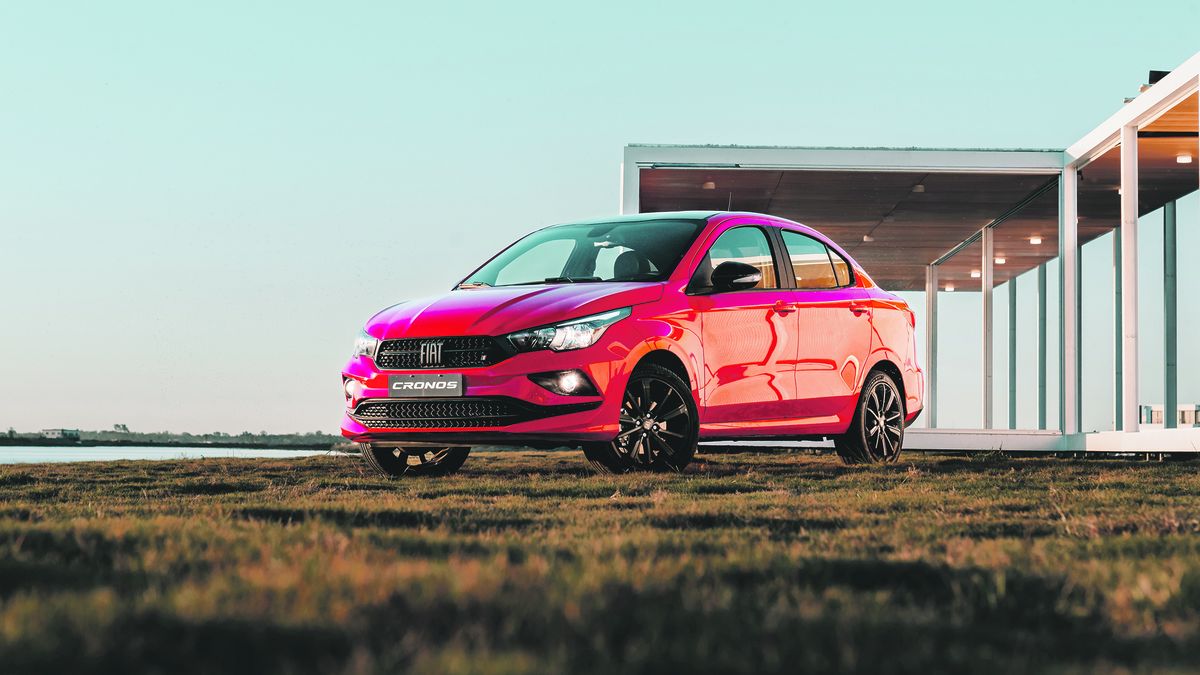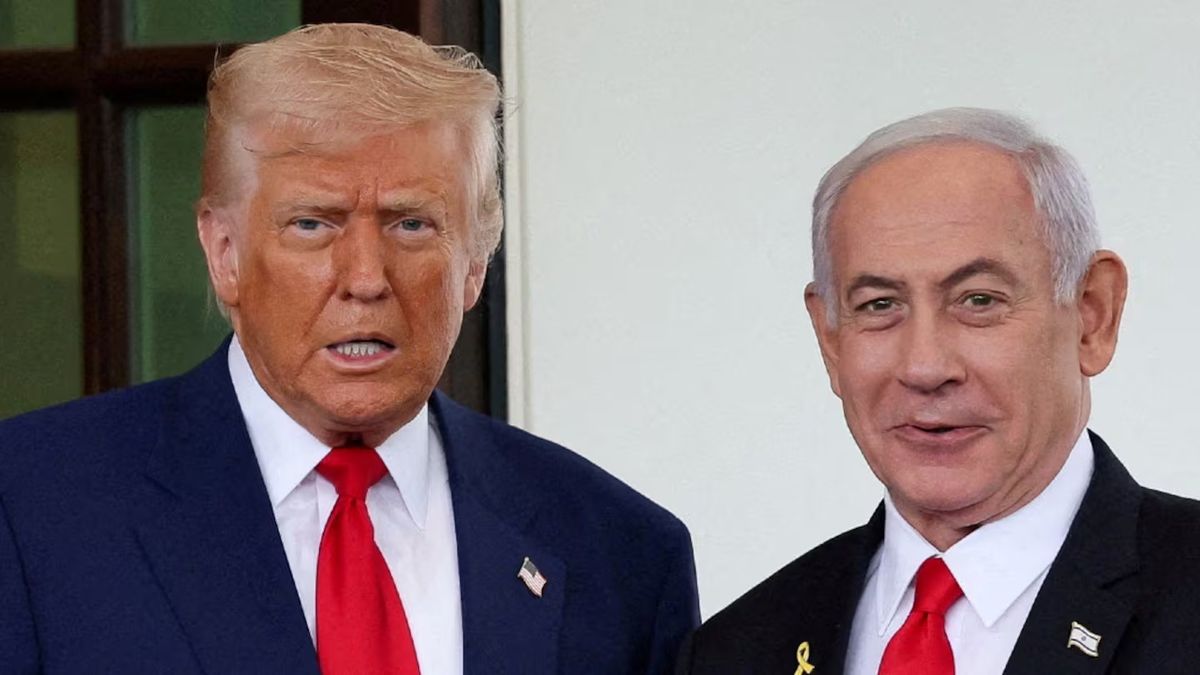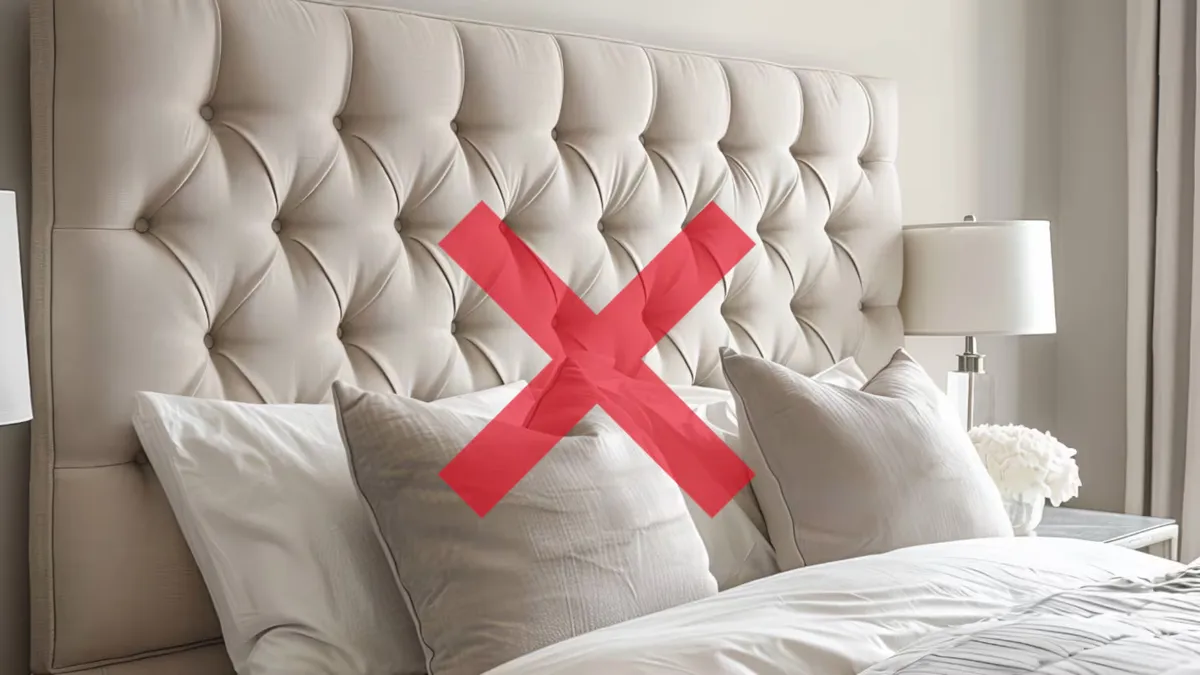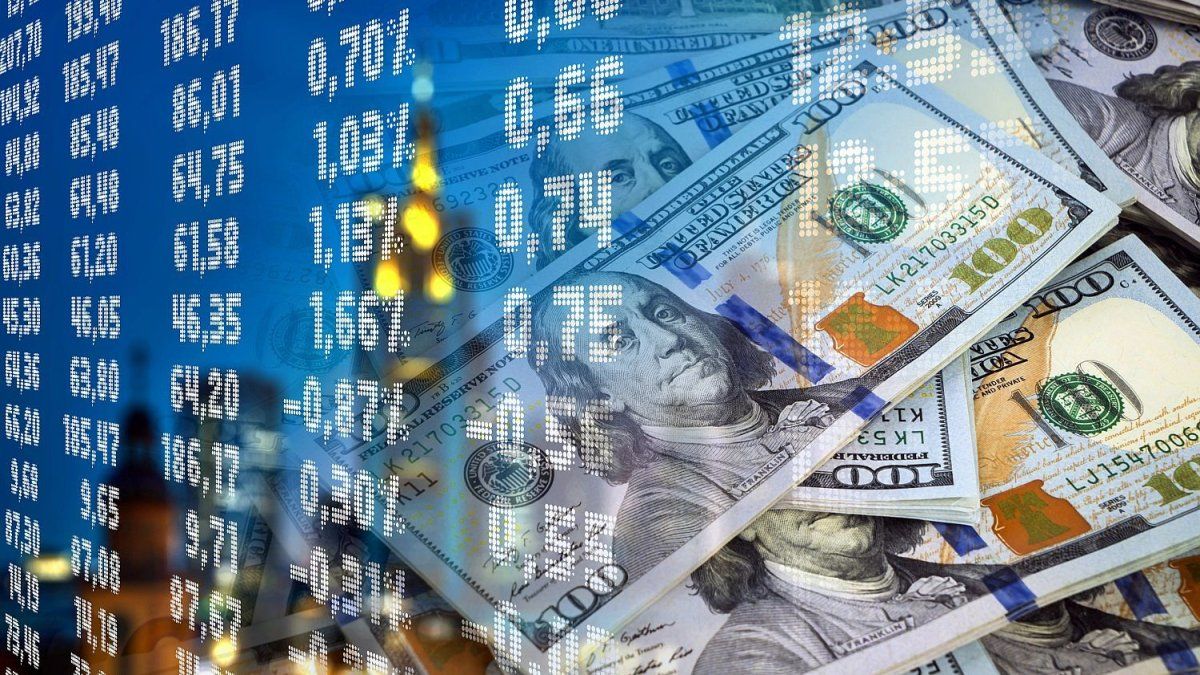The calculation was performed on a small model of a value in April $2,687,809 and an average salary of $74,295. In January 31.5 salaries were required, in February about 32.8 and in March it rose to 34.5, accompanying the acceleration of inflation.
Cars have been increasing at a rate of 5% per month as a flat. In the accumulated of the last 12 months, the rise is 71%, according to the entity’s report.
In the last two years, the amount of wages needed to buy a new vehicle has almost doubled. While at the beginning of 2020 19.8 salaries were required to reach a small 0km, currently 36.2% are needed, the highest level in recent years.
It must be taken into account that the work was carried out based on the official list prices, but other values are handled in the market due to the lack of units. Surcharges are common and, although it is felt more in the higher segments, it affects almost the entire offer.
For this reason, it is logical to estimate that the actual amount of salaries required is higher.
For at least two years, the 0km have been increasing above inflation. Salaries run behind, even those of the sectors that achieved better parity adjustment.
Meanwhile, inflation also had a smaller increase. That is why the wage vs. price relationship worsened for buyers.
If the comparison is made with previous years, the result is more pronounced. In 2019, it took 17.4 average salaries to buy a model like the Volkswagen Gol, while in 2018 – the best year for consumers – only 11.2 salaries were needed.
In those years, the oversupply of vehicles that arrived from Brazil made the market full of discounts. The causes that lead to this loss of purchasing power of wages in relation to car prices are several.
The main one has to do with the sharp reduction in competition as a result of the import trap. From a market that had 70% of the 0km offer that came from abroad, in 2019, it went to another where it is divided equally with the national models. Even last month, the 0km license plates produced in the country exceeded those imported. This translates into waiting lists that reach seven months in some models.
Faced with this shortage, the brands have been recomposing profit margins, which is reflected in the sharp rise in prices.
The other important factor is the exchange rate gap. With cars that set their values based on the official price, those who have savings in dollars and sell them in the “blue” exchange, obtain greater purchasing power that puts pressure on demand.
This disparate behavior between prices and salaries is having an impact on the volume of operations. The first quarter of this year is below the same period in 2021. This is not due to a lack of demand, but rather a lack of supply.
Source: Ambito
David William is a talented author who has made a name for himself in the world of writing. He is a professional author who writes on a wide range of topics, from general interest to opinion news. David is currently working as a writer at 24 hours worlds where he brings his unique perspective and in-depth research to his articles, making them both informative and engaging.




